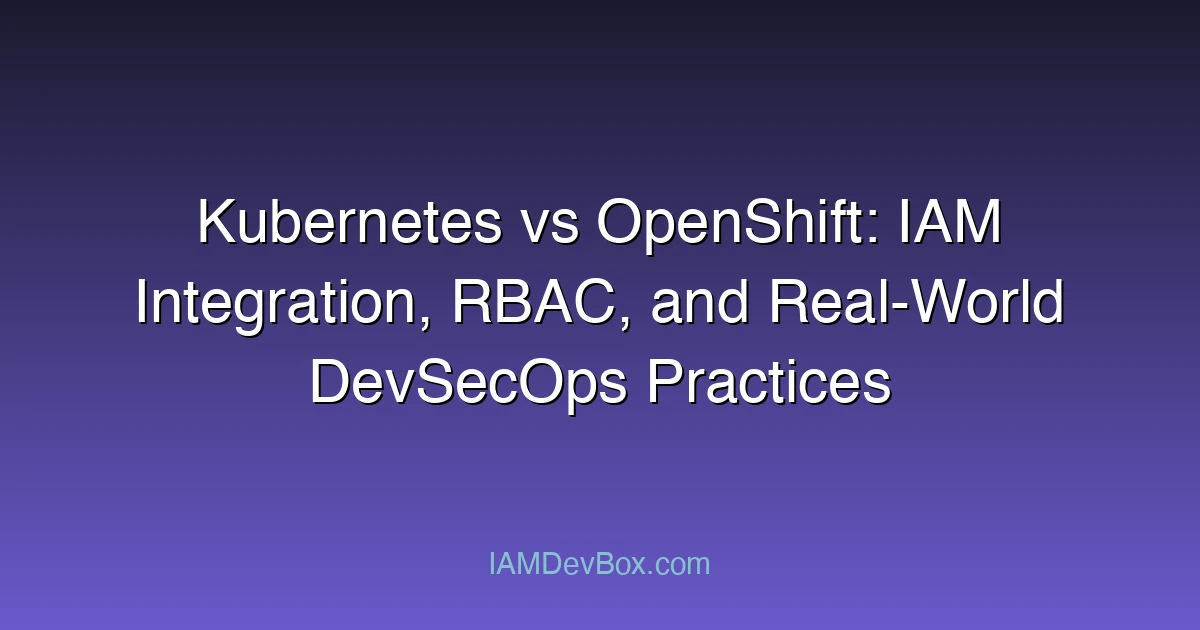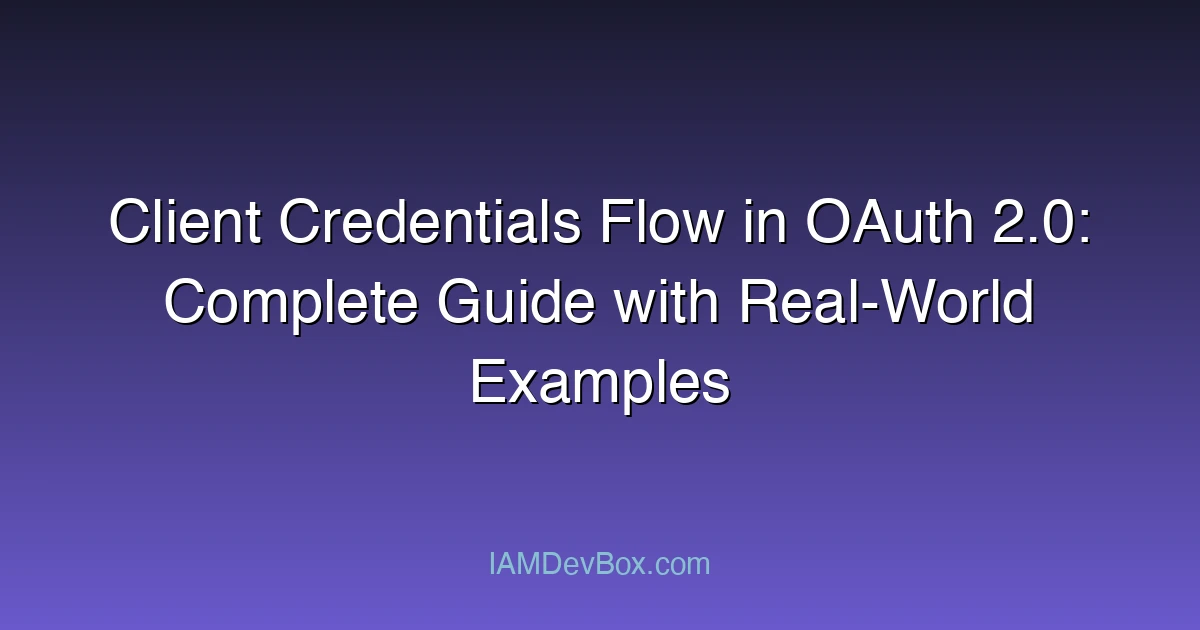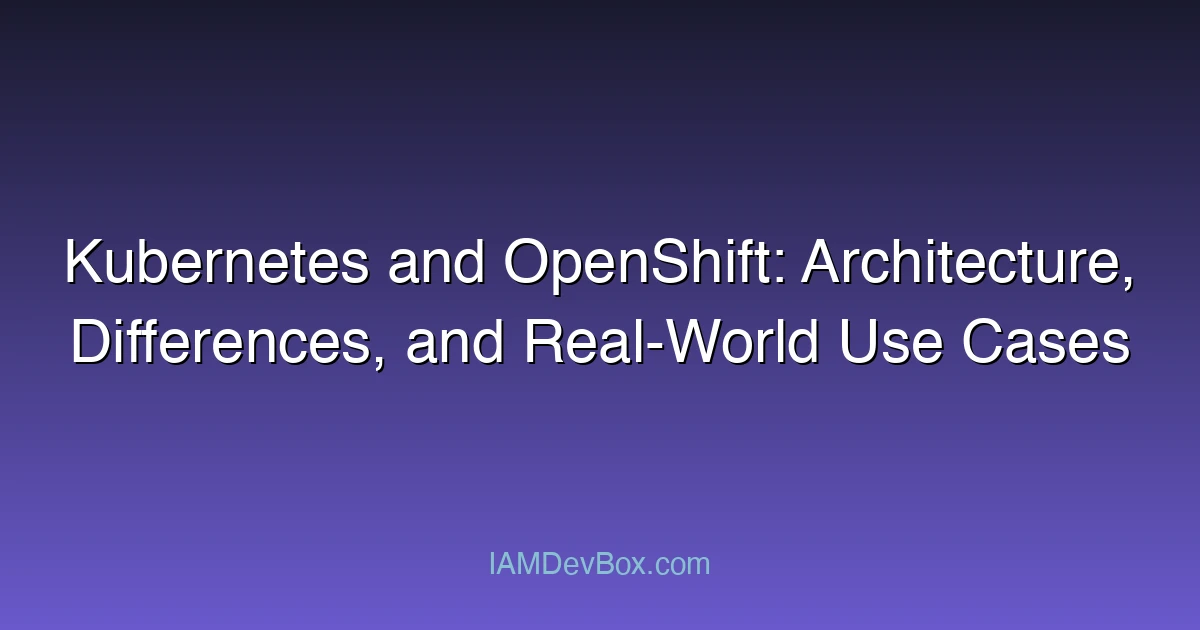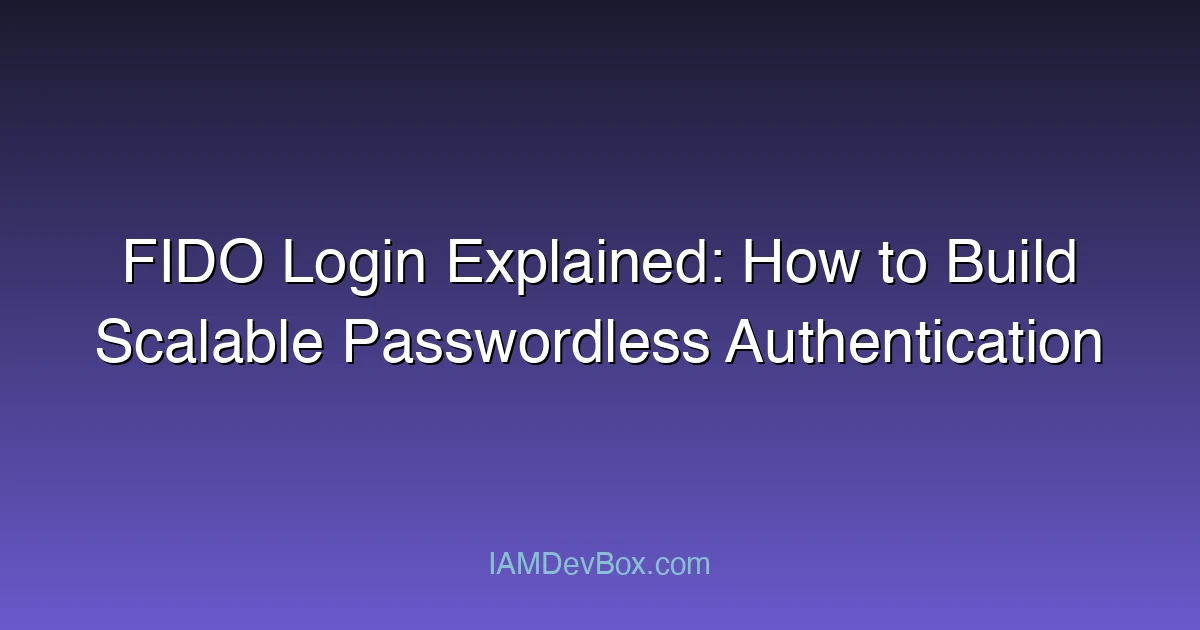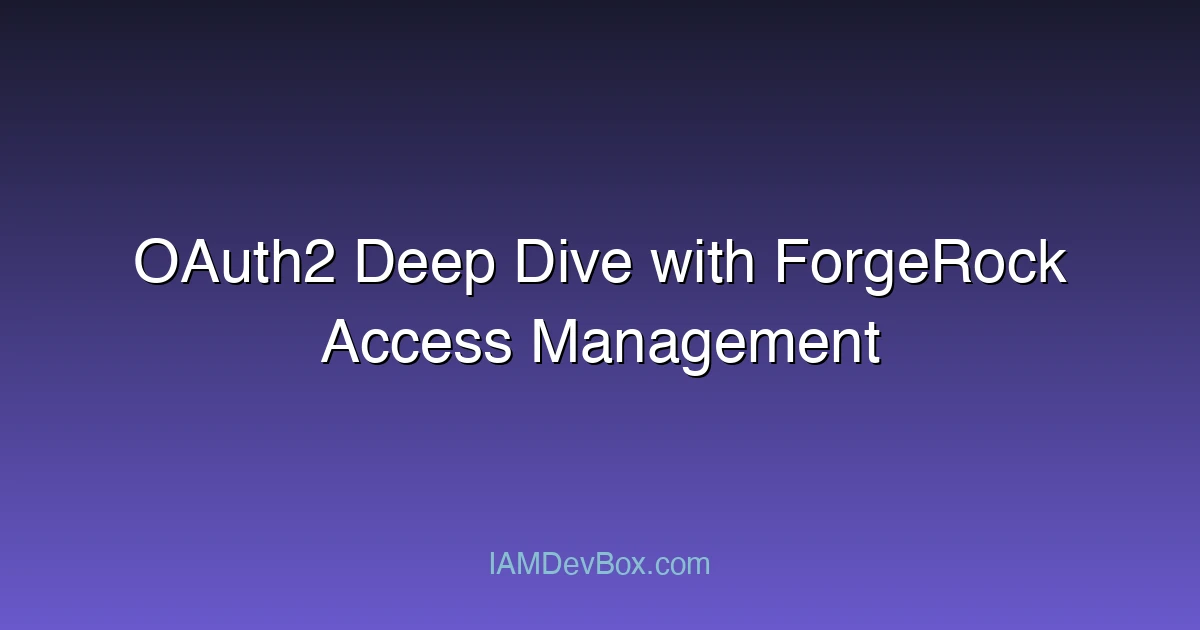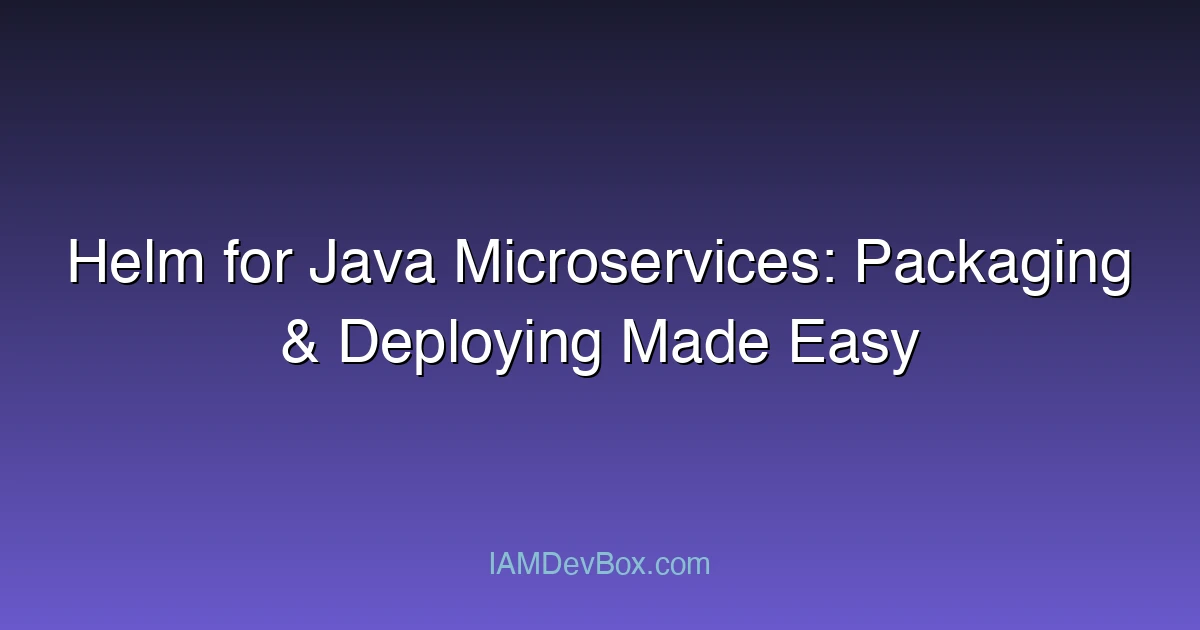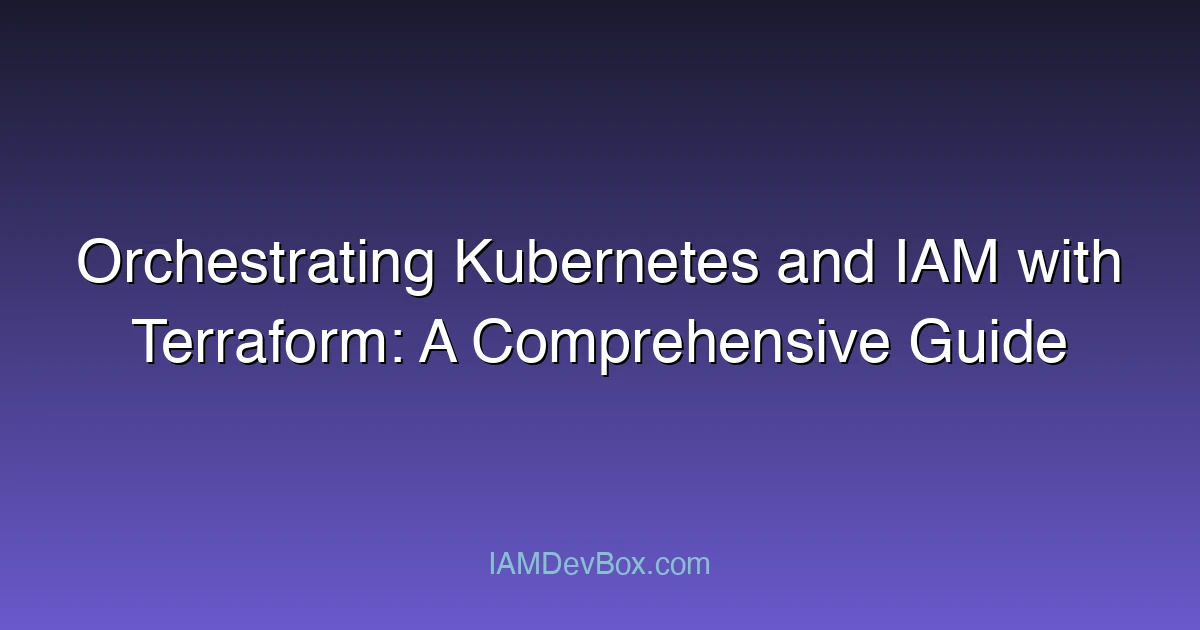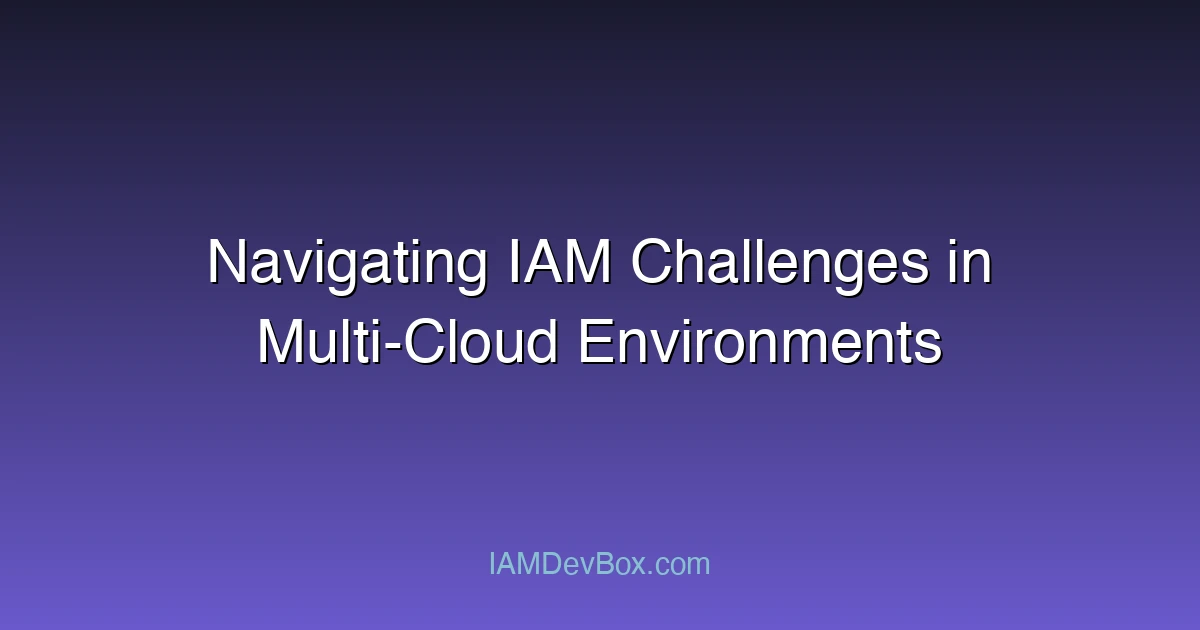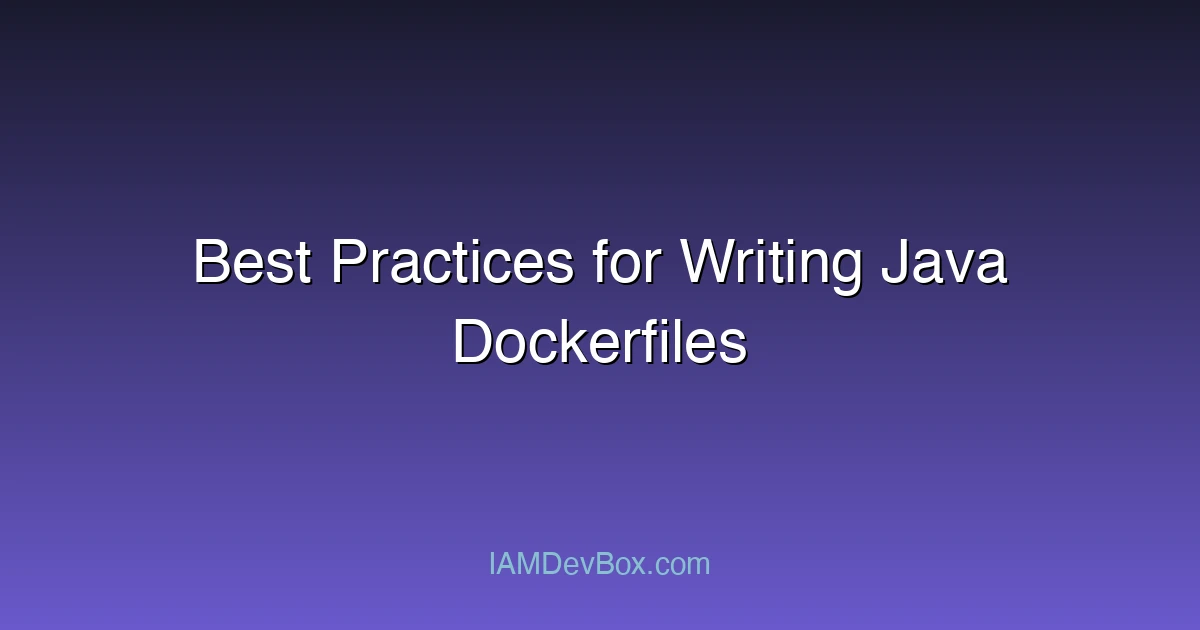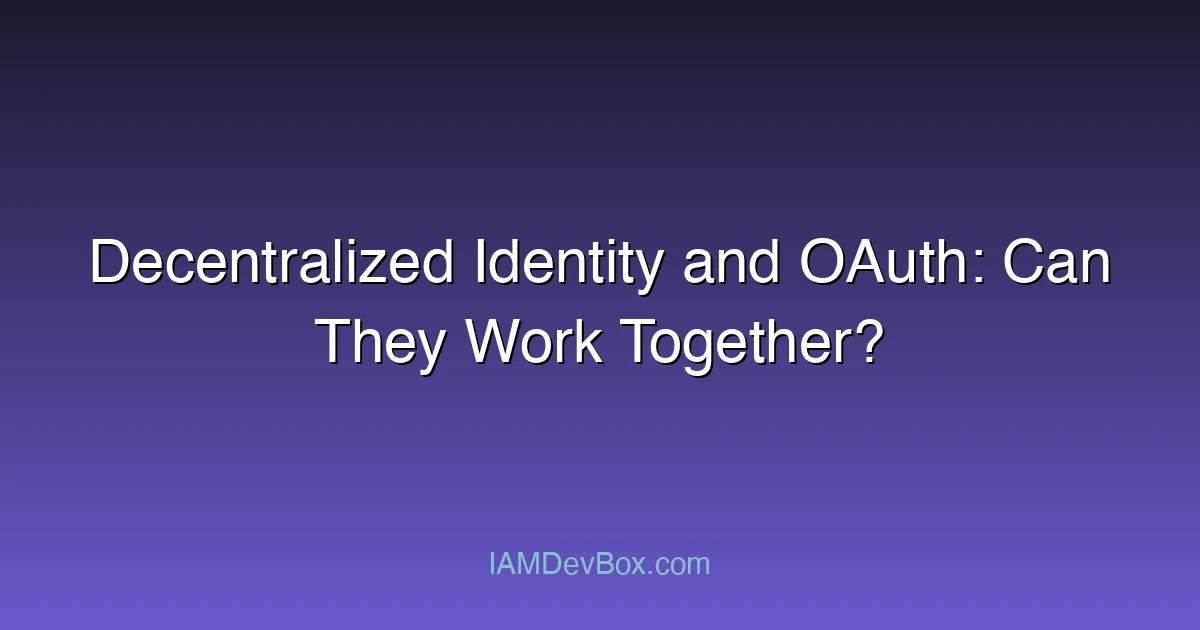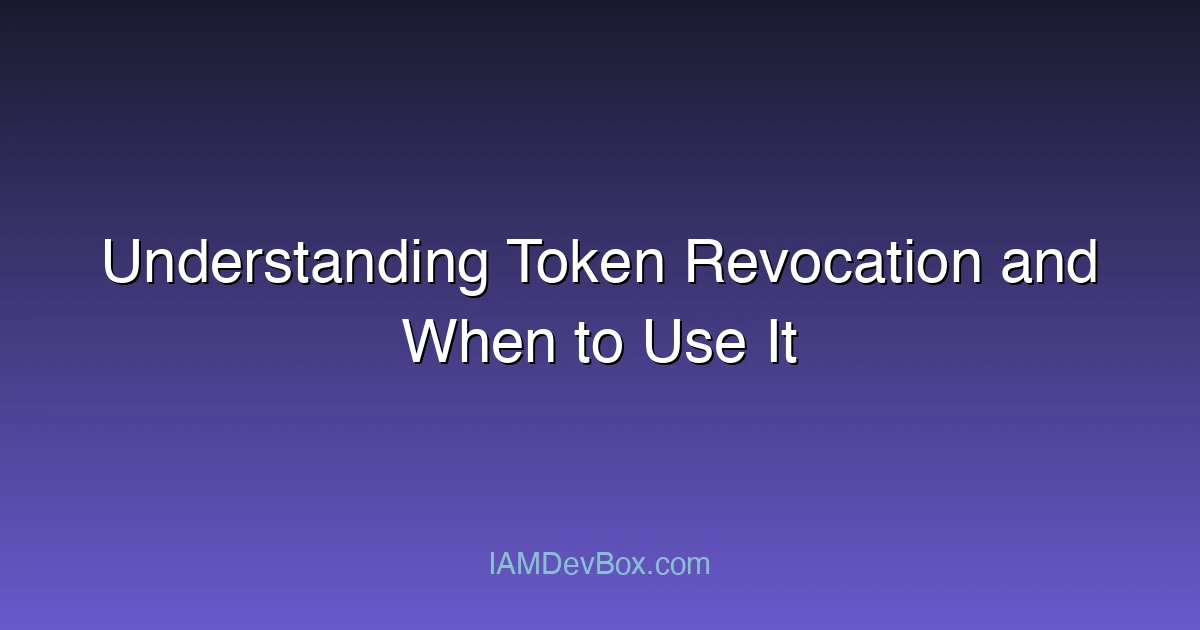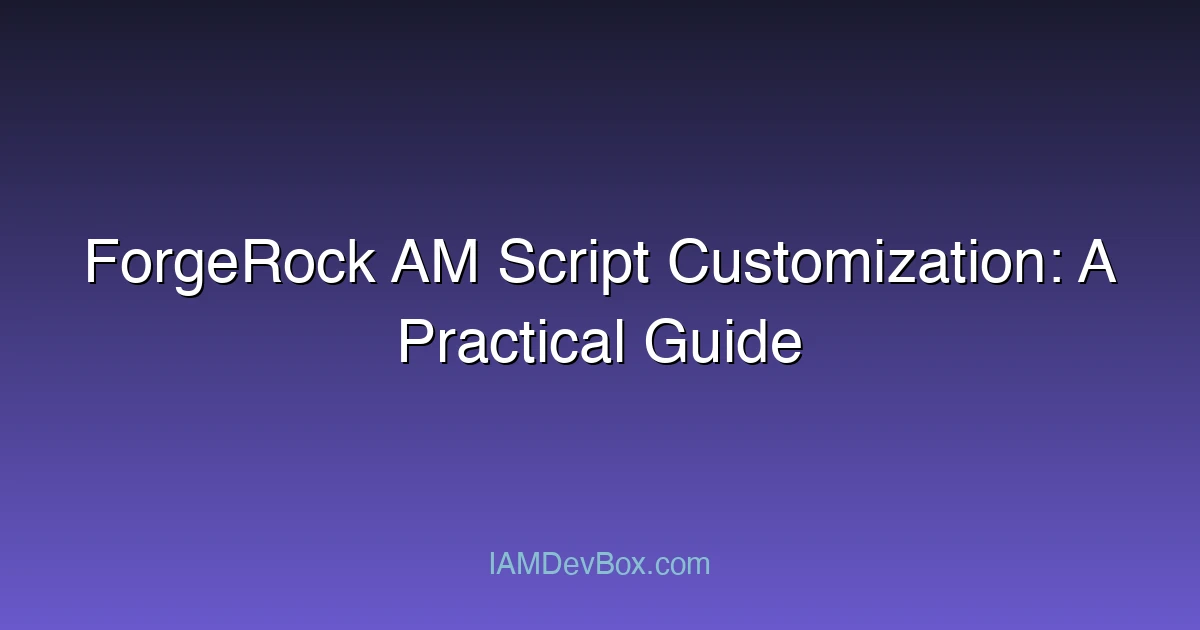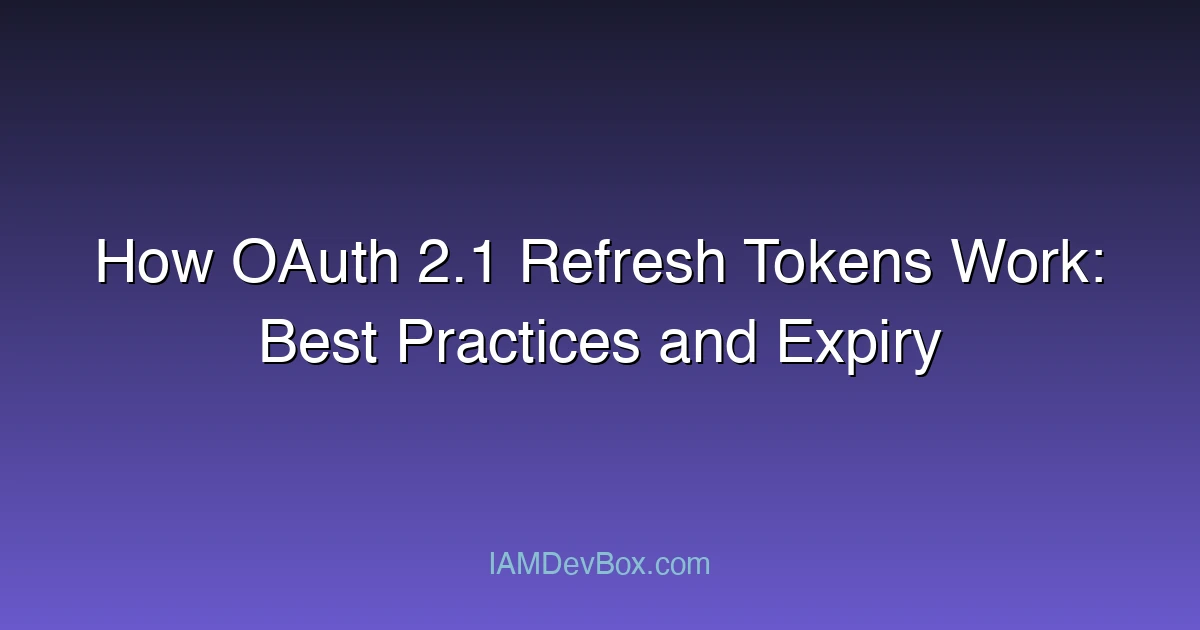
Implementing FIDO2 Authentication with Security Keys in Enterprise Applications
Visual Overview: graph TB subgraph "Authentication Methods" Auth[Authentication] --> Password[Password] Auth --> MFA[Multi-Factor] Auth --> Passwordless[Passwordless] MFA --> TOTP[TOTP] MFA --> SMS[SMS OTP] MFA --> Push[Push Notification] Passwordless --> FIDO2[FIDO2/WebAuthn] Passwordless --> Biometric[Biometrics] Passwordless --> Magic[Magic Link] end style Auth fill:#667eea,color:#fff style MFA fill:#764ba2,color:#fff style Passwordless fill:#4caf50,color:#fff Introduction As phishing attacks and credential breaches continue to threaten digital infrastructure, more organizations are turning to FIDO2 authentication using security keys to enhance login security. Unlike traditional methods that rely on shared secrets (e.g., passwords or OTPs), FIDO2 uses public key cryptography with hardware-backed credentials to provide strong, phishing-resistant authentication. ...
